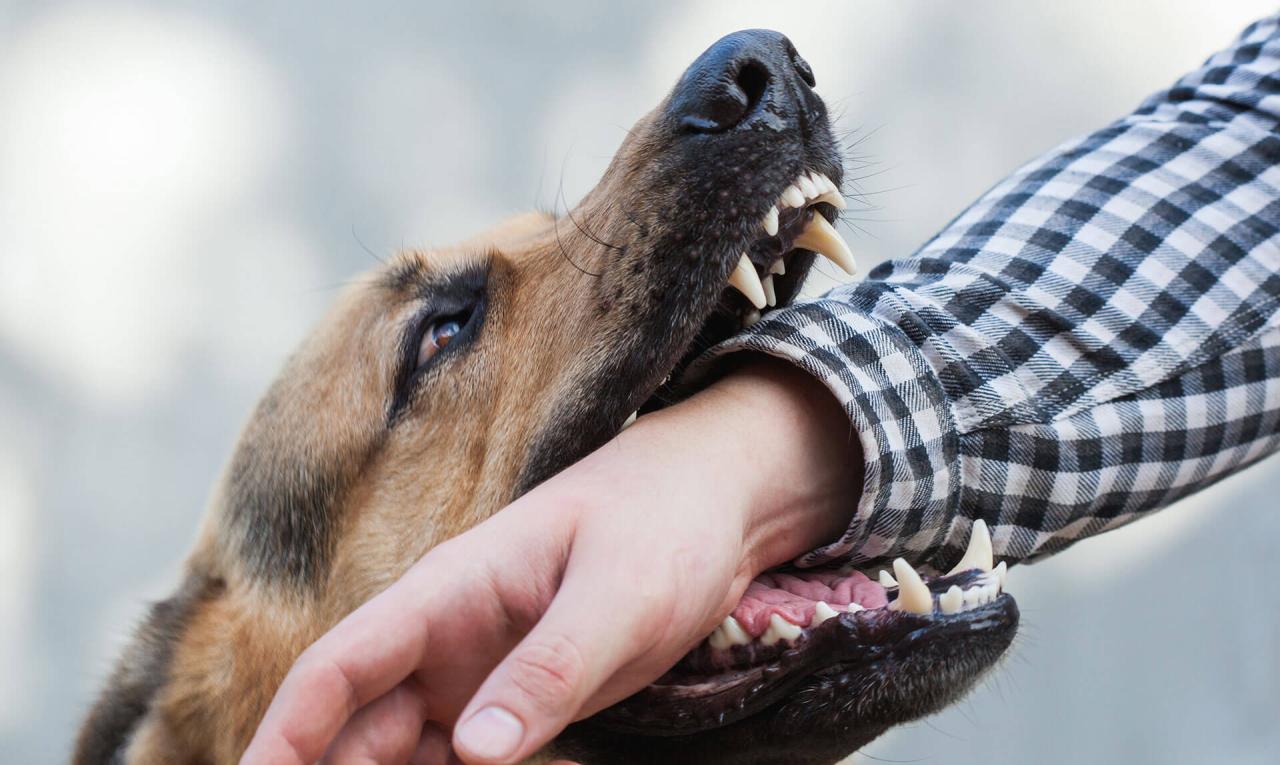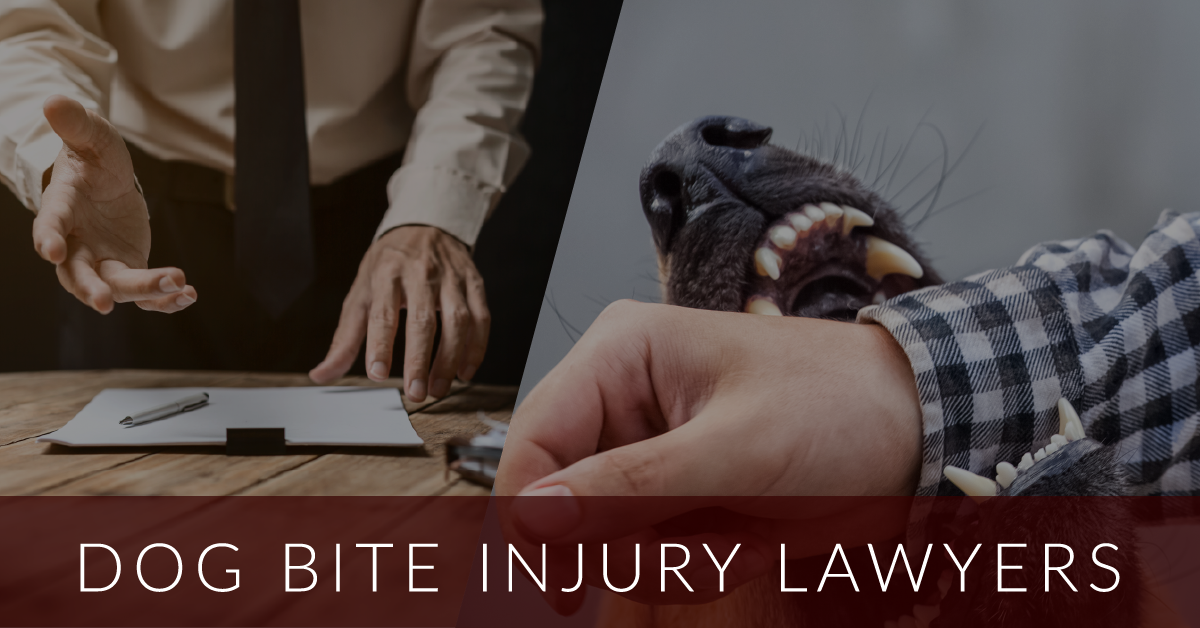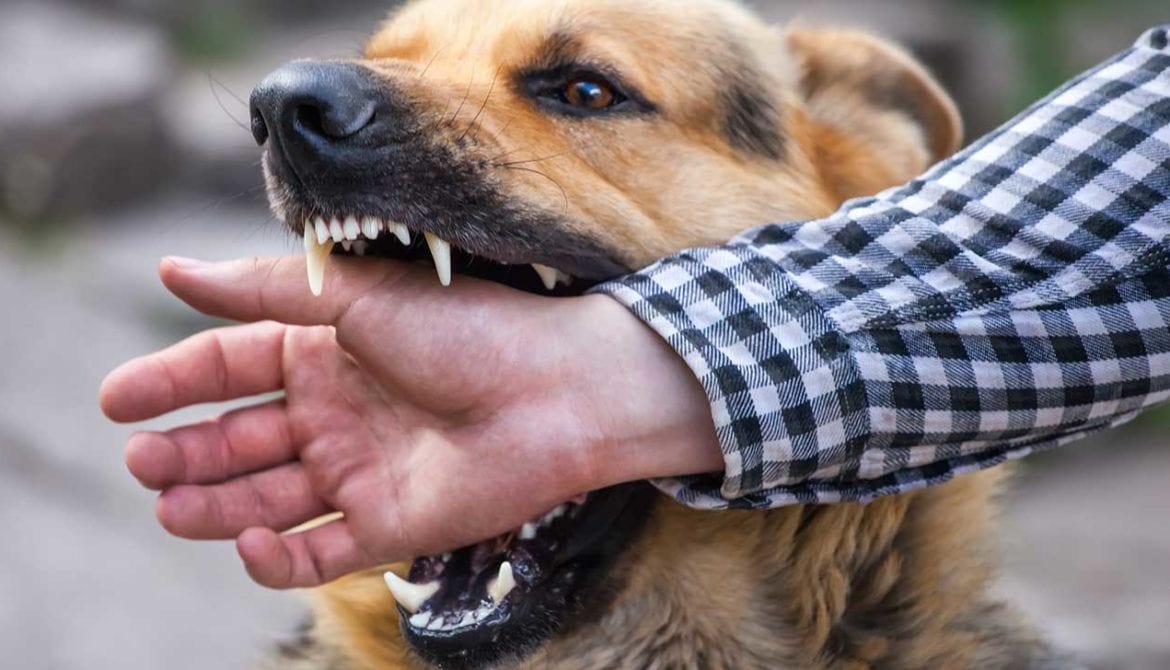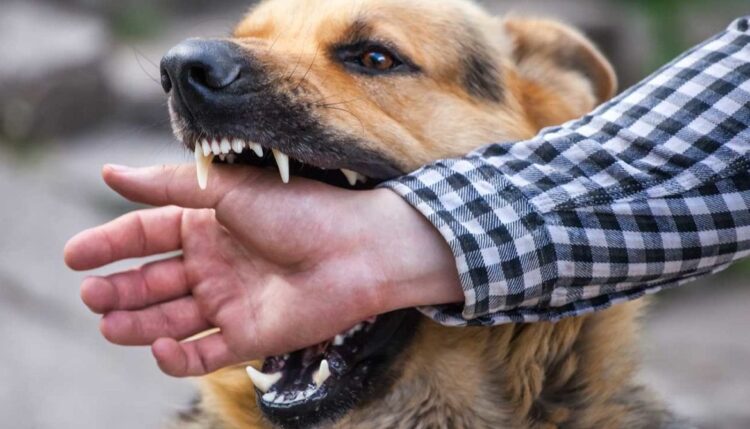
Dog Bite Injuries

Dog bites can cause a wide range of injuries, from minor puncture wounds to severe lacerations and crush injuries. The severity of the injury depends on the size, breed, and temperament of the dog, as well as the location and severity of the bite.
Dog bites can cause significant physical pain and emotional distress. They can also lead to serious infections, scarring, and long-term disabilities. In some cases, dog bites can even be fatal.
Physical Impact
Dog bites can cause a variety of physical injuries, including:
- Puncture wounds
- Lacerations
- Crush injuries
- Broken bones
- Nerve damage
- Infection
Emotional Impact
Dog bites can also have a significant emotional impact on victims. They can cause feelings of fear, anxiety, and depression. Victims may also experience flashbacks and nightmares. In some cases, dog bites can even lead to post-traumatic stress disorder (PTSD).
Long-Term Disabilities
Dog bites can also lead to long-term disabilities. These disabilities can include:
- Scarring
- Nerve damage
- Loss of function
- Chronic pain
Legal Liability for Dog Bites

Dog bite cases involve complex legal principles that determine who is liable for the injuries caused by a dog. This section will explore the legal doctrines and defenses that govern dog bite liability.
Negligence
Negligence is a legal theory that imposes liability on individuals who fail to exercise reasonable care and cause harm to others. In the context of dog bites, negligence can be established if the dog owner:
- Knew or should have known about the dog’s dangerous propensities
- Failed to take reasonable steps to prevent the dog from biting
- Was otherwise careless in handling the dog
Strict Liability
In some jurisdictions, dog owners are held strictly liable for dog bites, regardless of whether they were negligent. This means that the victim does not need to prove negligence to recover damages. Strict liability is based on the principle that dog owners have a duty to keep their dogs under control and prevent them from harming others.
Provocation
Dog owners may not be liable for dog bites if the victim provoked the dog. Provocation can include actions such as:
- Trespassing on the dog owner’s property
- Teasing or harassing the dog
- Attempting to harm the dog
One-Bite Rule
The “one-bite rule” is a common law doctrine that states that a dog owner is not liable for a dog bite unless they knew or should have known that the dog had a dangerous propensity to bite.
However, there are several exceptions to the one-bite rule, including:
- The dog has a history of biting or aggressive behavior
- The dog is a breed known to be dangerous
- The dog was provoked
Defenses
Dog owners may also have defenses to dog bite liability, such as:
- Assumption of risk: The victim knew or should have known about the dog’s dangerous propensities and voluntarily assumed the risk of being bitten.
- Contributory negligence: The victim’s own negligence contributed to the dog bite.
Dog Bite Lawsuits
Dog bite lawsuits are a complex and challenging legal matter that requires careful consideration. The process involves several key parties and legal procedures, and the outcome can have a significant impact on both the victim and the dog owner.
Role of the Plaintiff
The plaintiff is the person who has been injured by the dog bite and is seeking compensation for their damages. They must prove that the dog owner was negligent in their care of the dog and that their negligence caused the bite.
Role of the Defendant
The defendant is the dog owner who is being sued for damages. They must defend themselves against the plaintiff’s claims and prove that they were not negligent or that the plaintiff’s injuries were not caused by their dog.
Role of the Attorney
Both the plaintiff and the defendant will be represented by attorneys who will guide them through the legal process, negotiate settlements, and present their case in court if necessary.
Types of Damages
If the plaintiff is successful in their lawsuit, they may be awarded a variety of damages, including:
- Medical expenses
- Pain and suffering
- Lost wages
- Emotional distress
- Punitive damages (in some cases)
Selecting a Dog Bite Lawyer

Selecting the right dog bite lawyer is crucial for maximizing your compensation and protecting your rights. Here are key qualities to consider:
Experience
Choose an attorney with extensive experience handling dog bite cases. They should be familiar with the specific laws and regulations governing dog ownership and liability in your jurisdiction.
Reputation
Research the lawyer’s reputation among clients and peers. Read online reviews, ask for referrals, and check with local bar associations to gauge their credibility and effectiveness.
Communication Skills
Effective communication is essential. Your lawyer should be able to clearly explain your rights, keep you informed about your case, and advocate effectively on your behalf.
Finding and Interviewing Potential Attorneys
To find potential attorneys, utilize online directories, consult with local bar associations, and seek referrals from trusted sources.
During interviews, ask questions about their experience, case results, fees, and communication style. Trust your instincts and choose an attorney you feel comfortable working with.
Dog Bite Prevention
Preventing dog bites requires a multifaceted approach involving responsible pet ownership, proper training, and community education. Understanding the factors that contribute to dog aggression and implementing effective prevention strategies can significantly reduce the risk of dog bite incidents.
One crucial aspect of dog bite prevention is responsible pet ownership. Owners must be committed to providing their dogs with adequate care, including proper nutrition, exercise, and socialization. Neglecting these basic needs can lead to behavioral problems, including aggression.
Leash Laws
Enforcing leash laws is an effective way to prevent dog bites in public spaces. Leashes provide control over dogs, preventing them from approaching strangers or other animals aggressively. Communities should implement and enforce leash laws to ensure the safety of all individuals.
Spaying and Neutering
Spaying and neutering dogs can reduce aggressive behavior by eliminating hormonal influences that contribute to territorial and reproductive aggression. Sterilized dogs are less likely to exhibit dominance or aggression towards other dogs or humans.
Early Socialization
Early socialization is essential for developing well-rounded dogs that are comfortable interacting with people and other animals. Exposing puppies to various social situations from a young age helps them learn appropriate behavior and reduce the likelihood of fear-based aggression.
Reporting Aggressive Behavior
Reporting aggressive behavior is crucial for preventing future incidents. If a dog exhibits signs of aggression, such as growling, snapping, or biting, it’s essential to report the incident to local animal control authorities. This allows for appropriate action to be taken, such as evaluating the dog’s behavior and providing guidance to the owner.
Seeking Professional Help
Professional help from veterinarians, animal behaviorists, or dog trainers can be invaluable in addressing aggressive behavior. These experts can assess the underlying causes of aggression and develop tailored training and management plans to mitigate the risk of future incidents.





